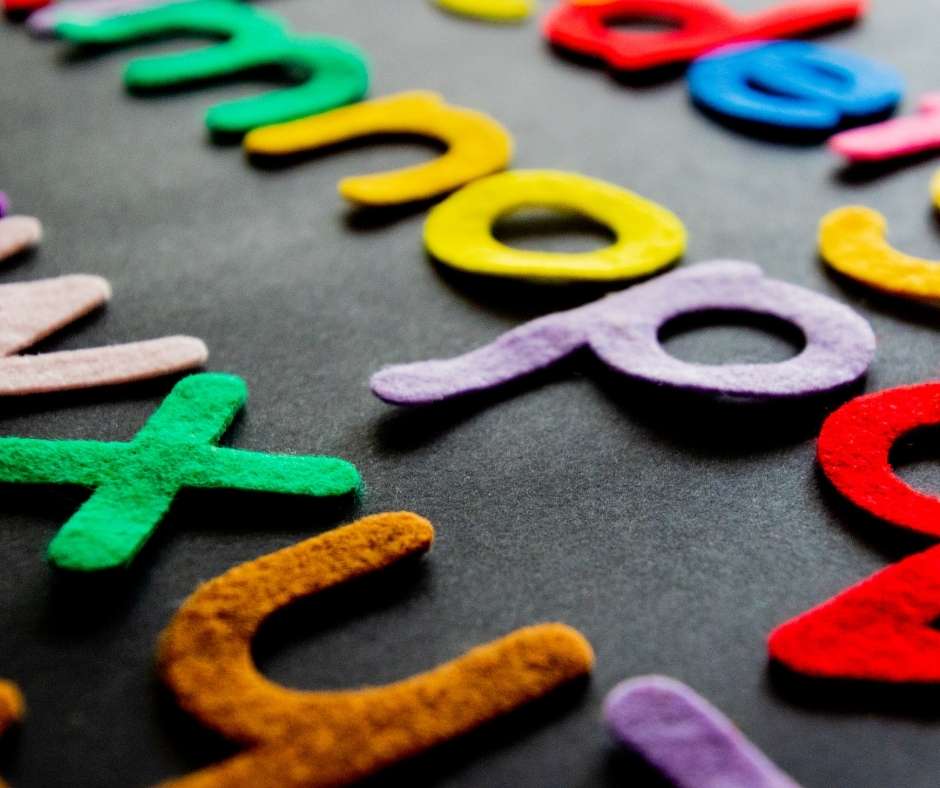
Having analyzed how to use color psychology in marketing here and seen how colors play an important role in brand perception, here we’ll look at another fundamental element in how followers and customers perceive your brand: typography.
You already know that the choice of color is key when working on the design of your logo or when you are rebranding your business, but the right font is equally important.
As the renowned British designer Matthew Carter said:
Type is a beautiful group of letters, not a group of beautiful letters.
What is a font?
A font is a collection of type characters with a unified design. These characters include lowercase and uppercase letters, numbers, punctuation marks, and symbols.
Top 3 most used fonts in advertising
The three most common fonts used in advertising are:
- Helvetica – a widely used sans-serif typeface developed in 1957 by Swiss typeface designer Max Miedinger with input from Eduard Hoffmann. It appears to be the world’s most popular font.
- Futura is a geometric sans-serif typeface designed by Paul Renner and released in 1927. It is based on geometric shapes, similar in spirit to the Bauhaus design style of the period. People all over the world still love and use it!
- Bodoni is the name given to the serif font first designed by Giambattista Bodoni (1740–1813) in the late eighteenth century. It may be old, but it’s still one of the most beautiful and used fonts ever.

And the least popular?
Yes, the winner is Comic Sans.
This font was invented in 1994 by Vincent Connare for some of the first Microsoft home computers. As mentioned in this funny article from designforhackers.com, “Everyone loves to hate Comic Sans.”
Why is typography so important in advertising?
- It’s much more than choosing a beautiful font.
Typography is an essential component of user interface design.
- Font builds brand recognition.
Your users will associate the typeface featured on your site with your brand.
Want to know more about brand identity? Check out our tips in this article!
- It attracts the attention of possible clients:
As you can imagine, your website has to be visually stimulating and typography plays an important role in this process.

- Last but not least, typography influences decision making:
Eye-catching types can reinforce the message of your texts.
How to choose the right typography for your website

1. The selected font should reflect the ‘style’ and the personality of your business.
2. Always choose typefaces that are web browser friendly.
3. Analyze your competitors. What fonts are they using?
4. Use no more than four different fonts on one page.
5. Take some time to test the selected fonts and analyze their performance.
6. For headings and calls to action, use larger font sizes rather than plain text.
Fun font fact
According to facts.net:
There’s a font size for the optimal reading speed online. Ideally, fonts for online material should always stay at 10 pt and above.
Certain fonts also read easier, such as Arial, Georgia, Verdana, and Times New Roman.
What's the best font for advertising?
There is no right answer to this question, as it depends on your brand’s image and the message you want to send to your clients and other stakeholders. However, the most used fonts in advertising are Helvetica, Bodoni and Futura.
Why is typography important in advertising?
Typography in advertising is a vital part of your branding strategy because it reflects your brand’s personality. The fonts you use are crucial to reinforce your message, engage your current clients and attract potential ones.
How can brands choose the best font for their brand?
Apart from reflecting the brand’s personality, marketers must choose fonts that are web browser friendly. There must not be more than four fonts per page and they must be constantly monitored in order to analyze their performance before finally choosing the ones that work best.










